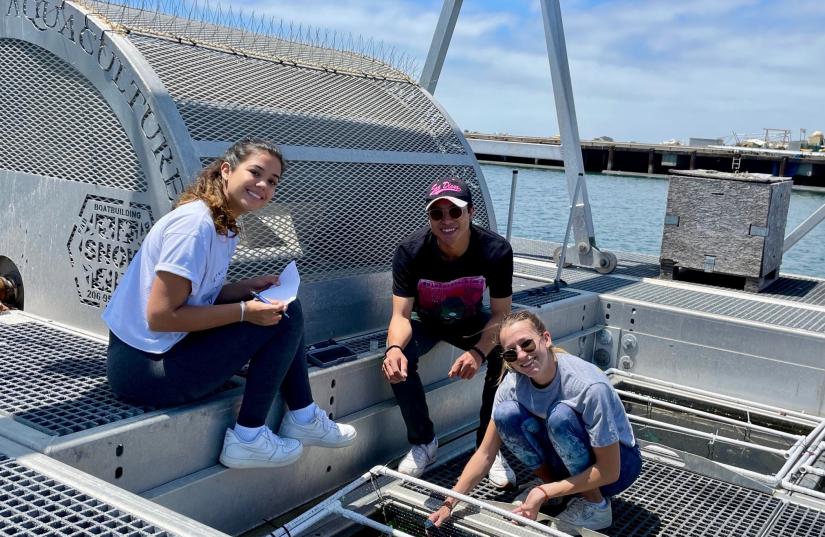
Expansion of aquaculture on the U.S. west coast requires much consideration of environmentally and socially responsible approaches to meet the strict environmental standards. Needed is a trained workforce and assessments of the feasibility of growout of native bivalves for aquaculture. In particular, assessments of clam performance (survival, growth) and other benefits to growers when the clams were grown in isolation compared to in the presence of other species (IMTA). Taxa such as seaweed (primary producer) and/or sea cucumber (detritivore/filter feeder) are of interest for their complementary ecosystem functions and as aquaculture products.
Project Goals and Objectives
Goal: Through engagement of students, test the effectiveness of IMTA in growing out West Coast venus clams
Objectives:
1. Determine clam mortality and growth when grown in isolation vs with other species
2. Determine whether there are other benefits to including other species
candidate species assessment sheets
Catarina scallop (Argopecten ventricosis)
Common littleneck clam (Leukoma staminea)
California venus clam (Chione californiensis)
Fringed venus clam (Chione undatella)
 Theresa Sinicrope Talley
Theresa Sinicrope Talley
 Carolynn Culver
Carolynn Culver